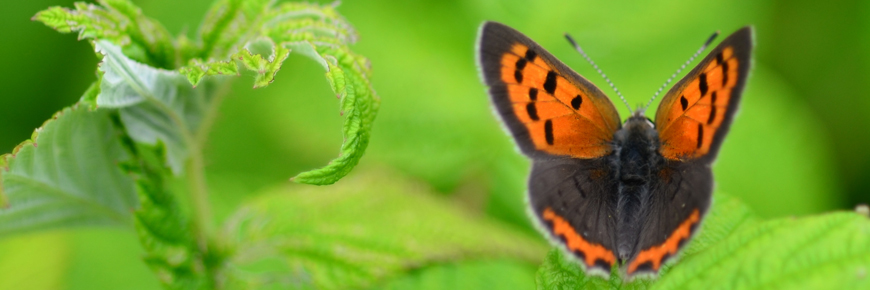
Nature and science
Cape Breton Highlands National Park
Cape Breton Highlands National Park is known for its spectacular highlands and ocean scenery. The Cape Breton Highlands are the most striking feature of northern Cape Breton. Steep cliffs and deep river canyons carve into a forested plateau bordering the Atlantic Ocean. One third of the Cabot Trail, a world-famous scenic highway, runs through the national park along the coasts and over the highlands.
The cool maritime climate and rugged landscape of the park permit a unique blend of Acadian, Boreal and Taiga habitats, plants and animals. This special mix of northern and southern species is not found anywhere else in Canada. Within the park, several dozen species of rare or threatened plants and animals can be found, as well as old growth forests of international importance. Small populations of arctic-alpine plants left over from the last ice age can also be found here.
Conservation
Established in 1936, the national park covers 950 square kilometres, protecting about 20% of northern Cape Breton. It is one of the largest protected wilderness areas in Nova Scotia and is one of a system of national parks protecting outstanding Canadian landscapes.
Conservation projects
Animals
The rich tapestry of mountains, forests, rivers, lakes and coastlines provides habitats for both northern and southern species of mammals, birds, fish, amphibians, reptiles and invertebrates.
Plants
Cape Breton Highlands National Park protects part of the Maritime Acadian Highlands Natural Region. This natural region is part of a mixed hardwood-softwood forest that stretches from the Great Lakes to New England and Maritime Canada.
Environment
Climate, lakes, rivers, surficial deposits and soils play important roles in the northern Cape Breton ecosystem. Marine regions outside the park are also important contributors to the ecosystem.
Discover unique features
Related links
- Date modified :